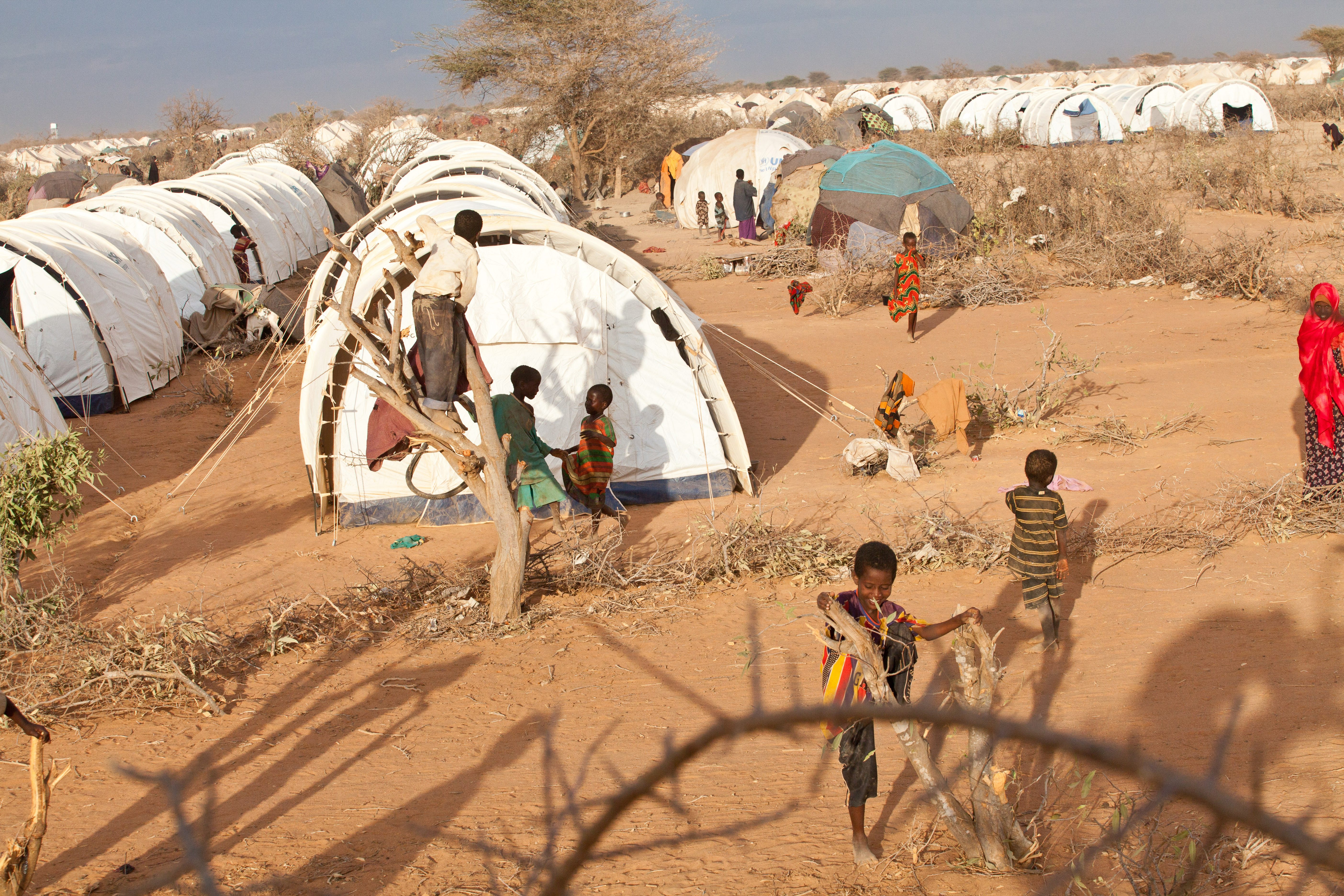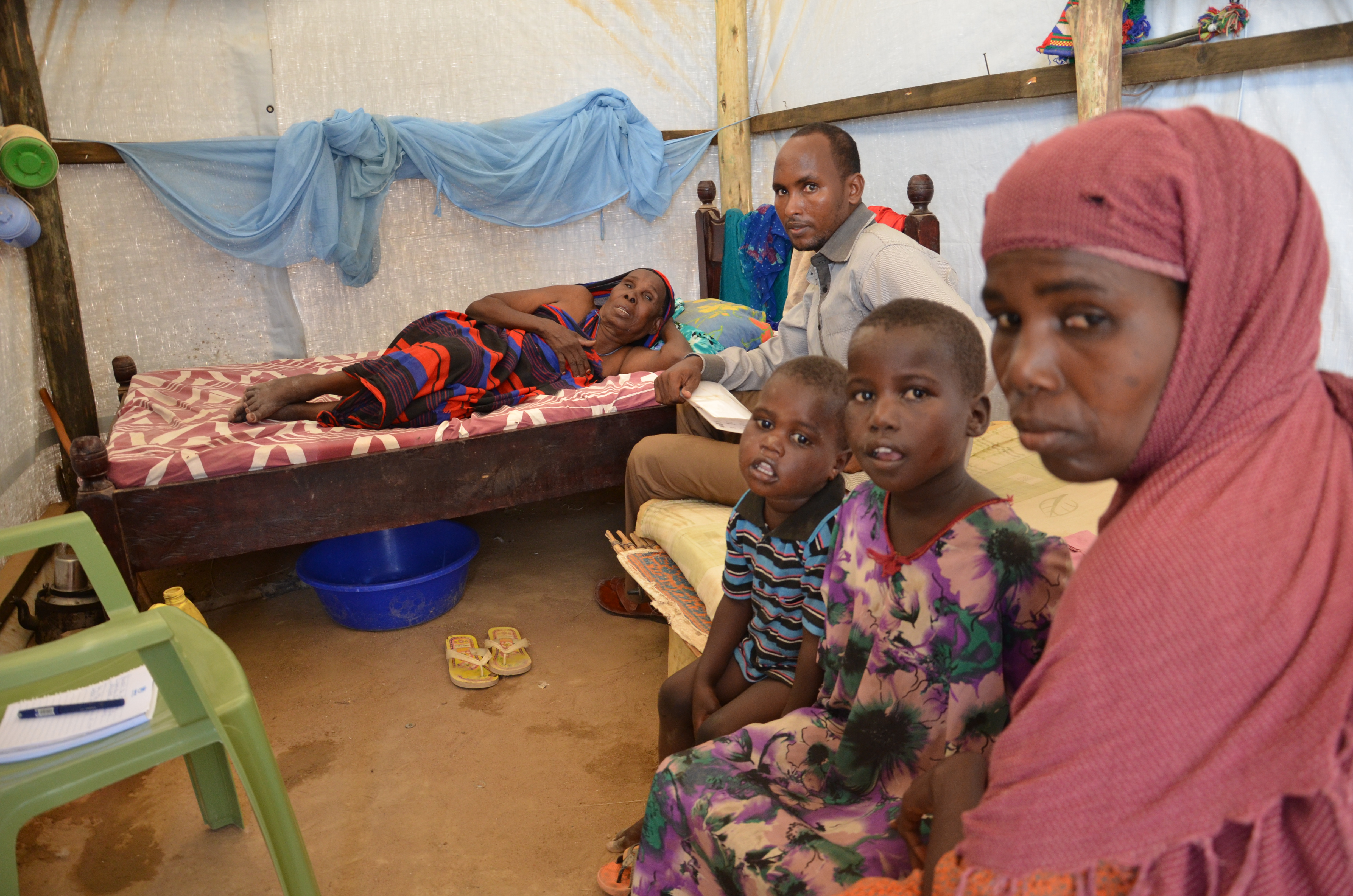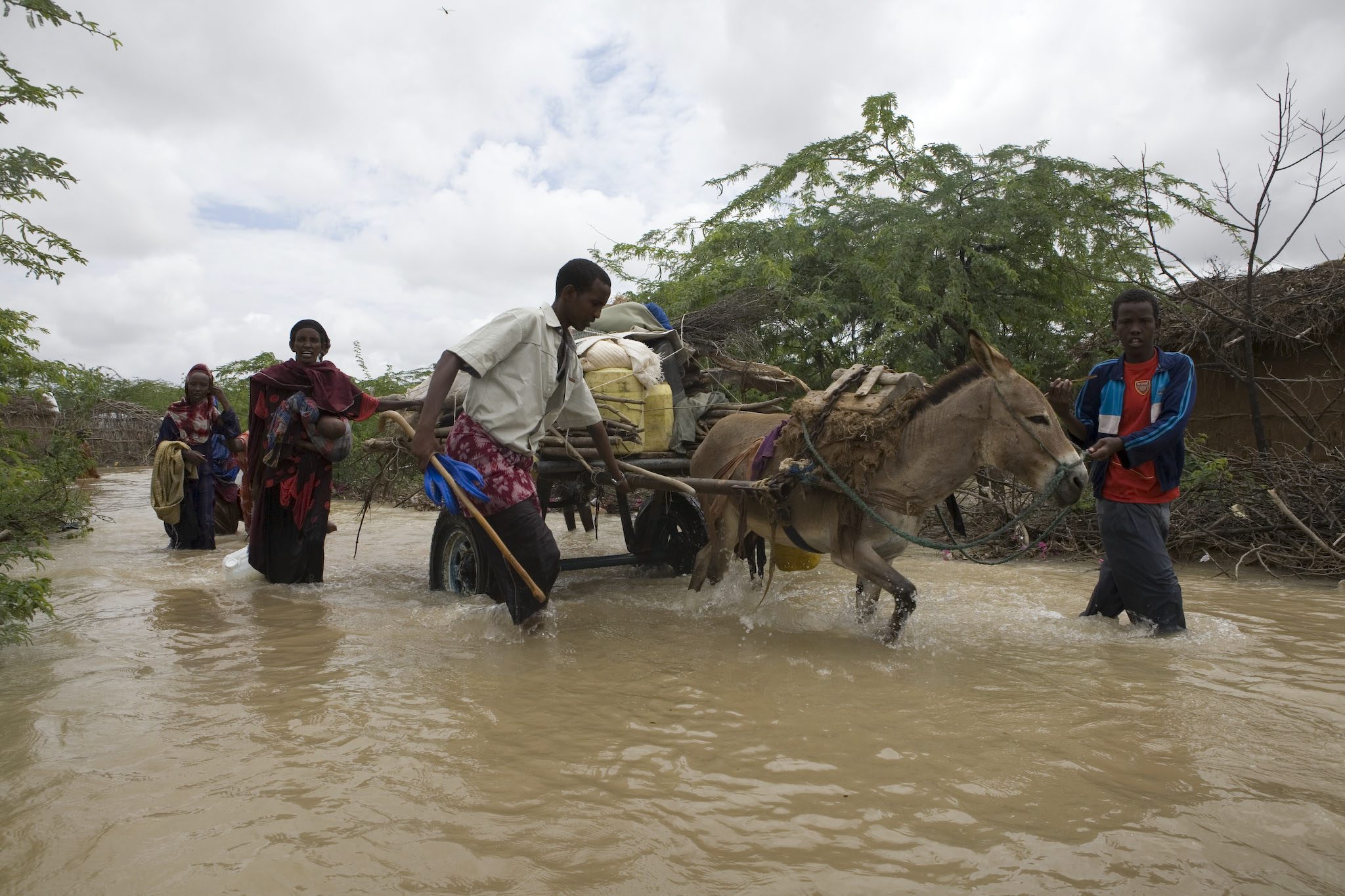Somali refugees arriving in Kenya
Somali refugees arriving in Kenya
An average of 300 Somali refugees have arrived in Kenya daily over the past three days amid reports of an advance on the southern Somalia port city of Kismayo by fighters allied to the Islamic Courts Union. The new arrivals report that more refugees are on the way.
The rise in the number of Somalis escaping to Kenya, up from about 100 day a month ago, has us worried that an outbreak of violence in Kismayo could trigger even more outflows. Kenya has already received 22,000 Somali refugees since the beginning of the year.
The new refugees are entering Kenya through a border crossing at Doble before making their way to Liboi, some 5 km away. The majority of those arriving in Liboi say they are from Mogadishu and Kismayo. We are also beginning to receive people coming from Baidoa, the seat of Somalia's interim government. Those coming from Kismayo say they fled the port city because of rising tensions and fear of possible skirmishes between the Islamic Courts Union and warlords who have been controlling the city. Those coming from Mogadishu and Baidoa say they fear renewed clashes in those areas. Others say they are leaving the Mogadishu to avoid recruitment by warlords or the Islamic Courts Union.
Most of the refugees now arriving in Kenya are women and children and many are in poor condition. They are tired and markedly emaciated after travelling on foot and aboard trucks over long distances and for many days. UNHCR is sending trucks daily to Liboi to collect the new arrivals for transfer to the nearby Dadaab refugee camp - a complex of three camps already hosting some 134,000 mainly Somali refugees. In consultation with government authorities, we are quickly constructing a reception area with adequate shelter in Liboi to ensure that the refugees are protected from the weather as they await transfer to Dadaab, 98 km away. Medical teams are also present at the border to carry out rapid screening of the new arrivals and to provide medical assistance where needed.
In Dadaab, we are working with the government to expand refugee sites to take in the new arrivals. While the government has shown great willingness in allocating more land for refugees, there is some resistance from the local community in Dadaab. The community has voiced its concern about increased numbers of refugees and possible destruction of the environment, particularly the felling of trees and bushes for construction of tukuls - the dome-shaped shelter used by Somalis. We have joined the government in talks with community leaders on this.
In all, there are 227,400 refugees in Kenya, mainly from Somalia and Sudan








